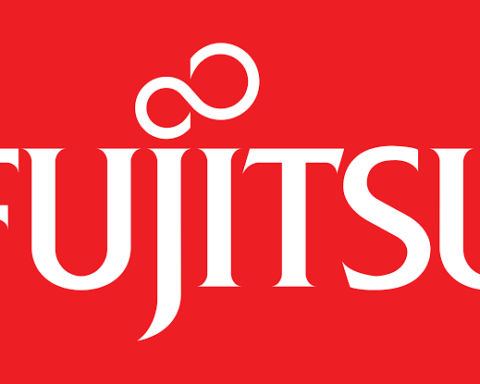![]()
FireEye®, Inc., the leader in stopping new breed of cyber attacks, released a new report titled, “Hot Knives Through Butter: How Malware Evades Automated File-based Sandboxes,” that reveals several techniques used by advanced malware to sidestep signature-based defenses during attacks. Sophisticated, polymorphic malware is able to hide, replicate, and disable host protections using a variety of techniques, rendering single-flow, file-based sandbox solutions ineffective.
“In threat landscape, traditional sandboxes no longer offer a silver bullet against sophisticated attackers,” said Zheng Bu, Senior Director of Research and Co-Author of the Report. “Malware is increasingly able to determine when it is running in a virtual environment and alter its behavior to avoid detection. Effective detection requires analyzing the context of behavior and correlating disparate phases of an att
ack through multi-flow analysis – which is how our researchers identified the malware samples outlined in this paper.”
The FireEye Labs research team leveraged the company’s Multi-Vector Virtual Execution (MVX) engine’s signature-less, dynamic, real-time detection capability to identify new evasion techniques.
The FireEye report outlines the methodologies malware authors are using to evade file-based sandboxes, which typically fall into one or more of the following categories:
- Human Interaction: Malware that involves human interaction lies dormant until it detects signs of human interaction. The Up Clicker Trojan discovered by FireEye in December 2012 used mouse clicks to detect human activity, establishing communication with malicious CnC servers only after detecting a click of the left mouse button.
- Configuration: Sandboxes mimic the physical computers they are protecting, yet they are still configured to a defined set of parameters. Most sandboxes only monitor files for a few minutes before moving on to the next file. Therefore, cybercriminals simply wait out the sandbox and attack after the monitoring process is completed.
- Environment: Malware often seeks to exploit flaws present only in specific versions of an application. If a predefined configuration within a sandbox lacks a particular combination of operating system and applications, some malware will not execute, evading detection.
- Classic VMware Evasion Techniques: VMware, a popular virtual-machine tool, is particularly easy to identify because of its distinctive configuration, which proves useful to malware writers. For example, VMWare’s distinctive configuration allows malware to check for VMWare services before executing.
Understanding the techniques malware authors are using to evade detection from file-based sandboxes will allow security professionals to better identify the potential for an Advanced Persistent Threat () attack








